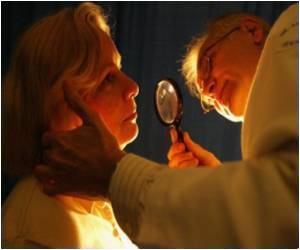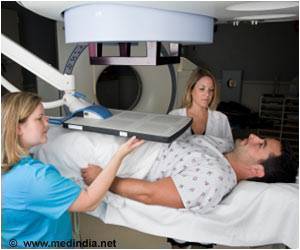Distribution of printed educational materials about the risk of skin cancer in kidney transplant recipients appeared to be effective, according to a report.

June K. Robinson, M.D., of the Feinberg School of Medicine, Northwestern University, Chicago, and colleagues conducted a randomized controlled intervention of 75 kidney transplant recipients to examine the effectiveness of educational materials to promote skin self-examination among this patient group to increase early detection of skin cancer. Participants were returning for routine care with their nephrologist (kidney physician) at one to 1.2 years or three to seven years after transplantation.
Of the 75 participants, 38 were randomized to the intervention group and received educational materials, including a workbook that was read during their visit. Patients in the intervention group also answered survey questions before and immediately after reading the materials. The remaining 37 participants were randomized to the control group and completed a survey but did not receive the educational materials. Report will appear in the June issue of Archives of Dermatology, one of the JAMA/Archives journals.
Overall, knowledge of the risks of and concern for developing squamous cell carcinoma, importance of performing self-examinations and having a partner help with examination all increased significantly in the intervention group. Prior to the intervention, patients in the intervention group were not likely to examine the skin on their face (79 percent did not) or body (100 percent did not). Post-intervention, 73 percent reported being very likely to begin self-examinations of the face in the next month and 74 percent were very likely to start examining the body. Approximately 20 percent of patients also reported being likely to examine both their face and body.
Additionally, patients in the intervention group were significantly more likely to perform skin self-examinations after their visit. Thirty-four of the 38 patients (89 percent) in the intervention group performed self-examinations, compared to eight of 37 patients (22 percent) in the control group. Of the eight control group participants who performed examinations, none found areas of concern. Conversely, 12 of the 34 intervention participants (35 percent) who checked their skin found areas of concern and all 12 made follow-up appointments with a dermatologist.
"This randomized controlled trial of a skin self-examination and squamous cell carcinoma detection educational intervention with kidney transplant recipients demonstrated changes in knowledge, attitude, self-efficacy and performance of skin self-examination," the authors conclude. "The educational intervention effectively increased awareness of the kidney transplant recipients' risk of developing squamous cell carcinoma and provided sufficient training to enhance self-efficacy in their ability to detect an area of concern."
Advertisement















